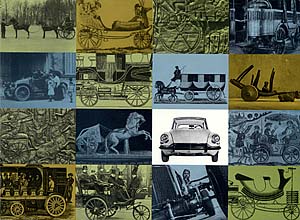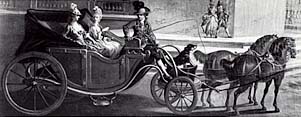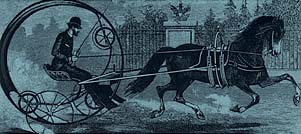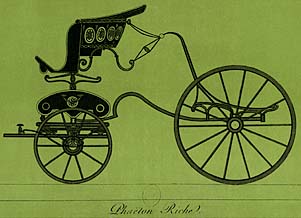|
||||||||||||||||||||||
 |
A SHORT HISTORY OF SUSPENSIONPart Three |
|
Thenceforth, the bodies would be fixed to the axles by means of springs. Suspension had
come into being. The motor car could be invented.
|
|

Above J. B. Le Prince: a carriage |

The Swallow "new vehicle well known in Poland and Russia" 1883. |

Above French print 19th century |
The most varied
types of suspension were studied, all sorts of springs were used -- and
all shapes: leaf springs, spirals, torsion bars (used by Citroën as far
back as 1934 on the [Traction Avant] model). Every type of material was
employed: leather, steel, rubber and finally air. New solutions were
being sought, as the suspension problems were becoming more and more
complex with the increase in the speed of cars. |
 |
|
|
© 2000
Julian Marsh
|
|

